Letterkeen Loop Walk and the “Wild Nephin” experiment. 🌿🌲
"Let us permit nature to have her way. She understands her business better than we do."
Michel de Montaigne
In December 2017, it was announced that the Wild Nephin wilderness region in Co Mayo would be integrated into the Ballycroy National Park, boosting its total size to 15000 hectares.
The general idea was that the park's expansion should aid conservation efforts in the Nephin area, including the protection of habitats and significant species including pine martens, crossbills, and long-eared owls. The decision was to also assist the park's tourism, which gets 40,000 visitors each year.
The “Wild Nephin Wilderness project was first conceived by Coiltes former head of of Recreation and the Environment, Bill Murray in 2012. It was his idea that he wanted to see the area converted into “a large wild landscape” free from human management within 50 years. The area would not be developed to provide facilities for tourists as in a national park or forest park but would provide opportunities for people to enjoy nature and wildness in all its raw beauty and hardships.
The project's goal was for Coilte, the semi-state forestry business, to agree to phase down its commercial sitka spruce and lodgepole pine plantings in the area while also reintroducing and planting Irish native trees like alder, birch and rowan.
However, it appears that little progress has been achieved in returning the forest landscape to its more natural state after 8/9 years. To allow nature recover the area, an initial period of ecological restoration was carried out only, but it needed a lot more work to have been done at that early stage of thinning plantations, the blockage of drains on parts of bog, and the planting of certain native trees in order for the project to flourish.
According to available information, Coilte has planted 260,000 conifer trees in the Wild Nephin area after the time “Wild Nephin“ was launched. During that time, a comparable amount was also harvested. (The scars of which you see today). Almost 90 per cent of the conifers planted since 2014 in the rewilding zone were non-native lodgepole pines. Sitka spruce plantings make up the remaining 12 per cent. Only 25,000 native trees have been planted to date mostly of the pre mentioned types of rowan, alder, birch and with oak and beech planted In a lot smaller numbers.
It's also worth remembering that Coilte has only leased the 4000 hectares they possess to the National Parks and Wildlife Service (NPWS), and it's possible, if not probable, that Coilte will again return sometime in the future looking to harvest their 260,000 trees with all the consequences of what that entails. !
Letterkeen Loop Walk
Exploring County Mayo's Nephin Beg Mountains on the Letterkeen Loop Walk offers a captivating journey through the natural beauty of the West of Ireland. This 10-kilometer hike, situated on the south-east edge of Ballycroy National Park, promises an immersive encounter with the region's untamed magnificence.
The hike encompasses a variety of terrains, from trails to forest tracks, and even boggy conditions, presenting a moderate to difficult challenge to hikers in a stunning "wilderness" environment.
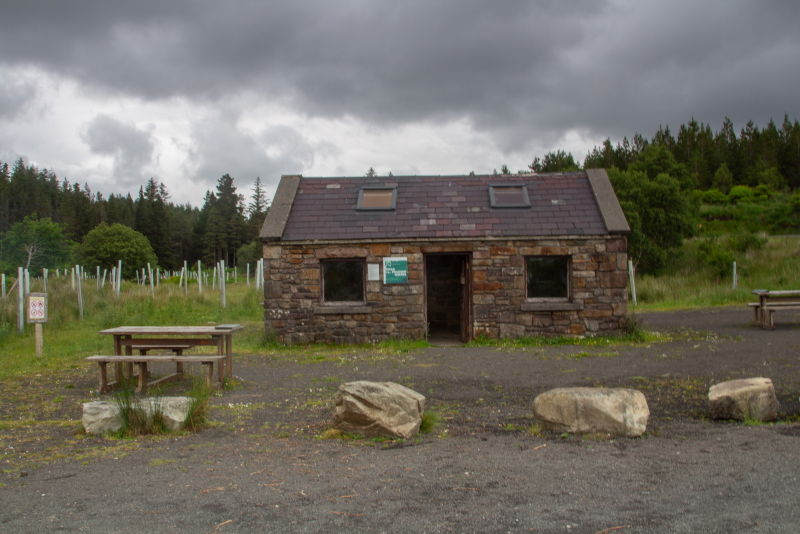
Brogan Carroll Bothy
Commencing at the Brogan Carroll bothy in the car park of Letterkeen trailhead, the trail leads hikers across the footbridge on the Altaconey River and onwards, following the picturesque river for approximately a kilometer, before navigating another footbridge.
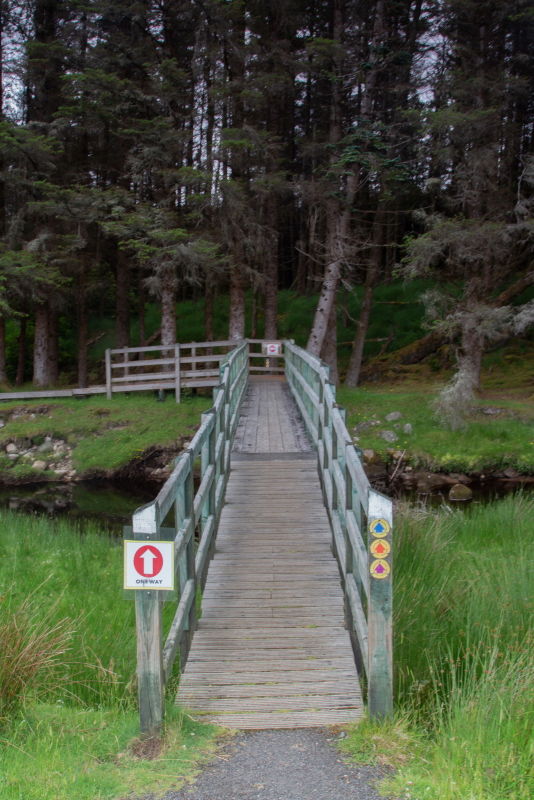
First bridge beside the car park
Subsequently, the trail unfolds into the countryside, presenting a rugged and occasionally boggy surface, characterized by rocky terrains and intermittent stepping stones spread across the landscape for the following 3 kilometers.
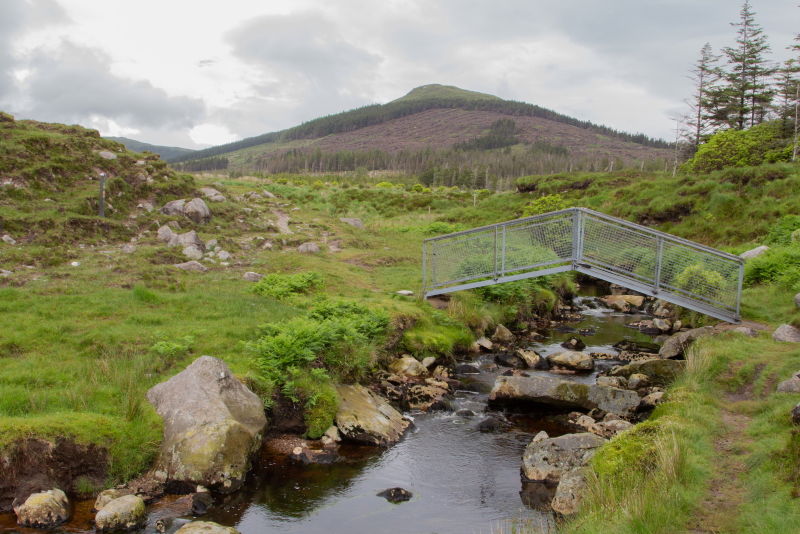
Second humped back bridge
*The Bangor Trail is an ancient and much trodden path, which leads from Newport, across the Nephin Beg Mountains and blanket boglands, into Bangor Erris. In the summer months the trail is scattered with wildflowers and interesting carnivorous plants and heather.
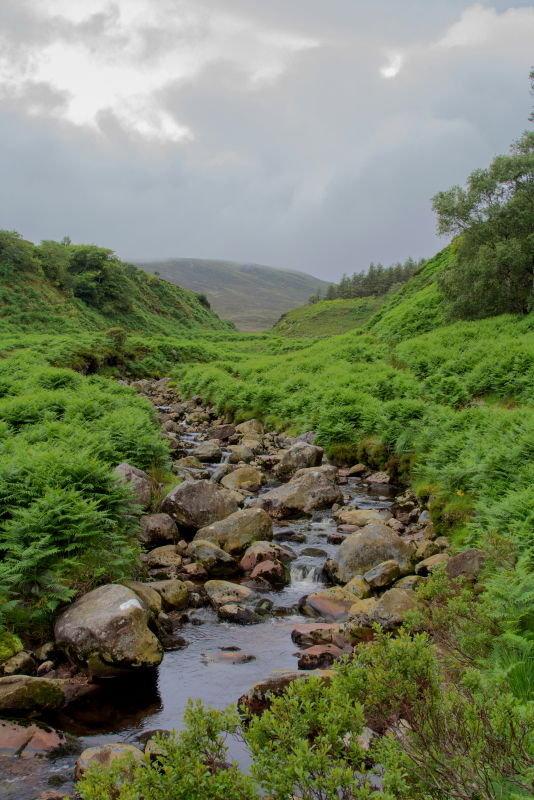
The trail follows the Altaconey river
Arriving at the Mountain Meitheal shelter, hikers are treated to panoramic vistas of the Coranabinnia and Glennamong mountains, marking the transition to the path known as "Sheep Pass," as they leave the Bangor trail behind.
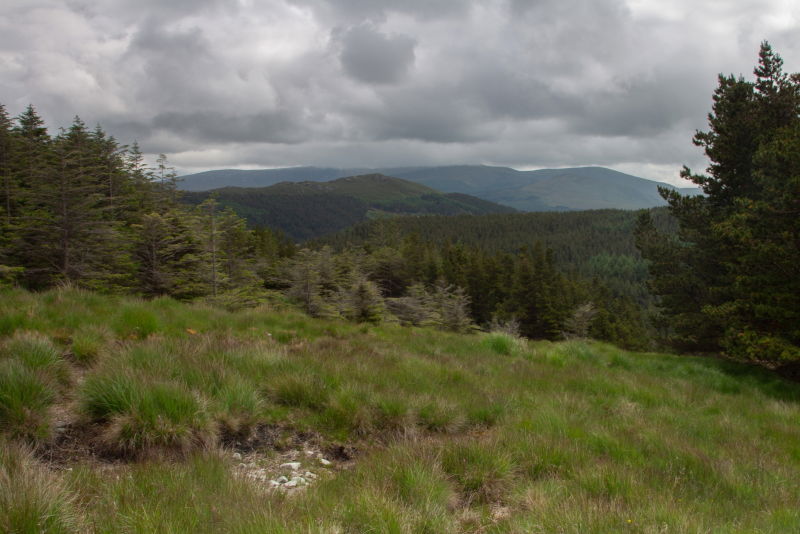
The unspoilt Forest
Continuing the ascent through the hills at the foot of Nephin Beg towards the Western Way, the journey further unfolds, offering a first glimpse of the Nephin Beg mountain and its surrounds. The path descends into the woods, with caution advised due to the potential wet and muddy conditions, especially in the forested sections before ultimately converging with the Western Way.
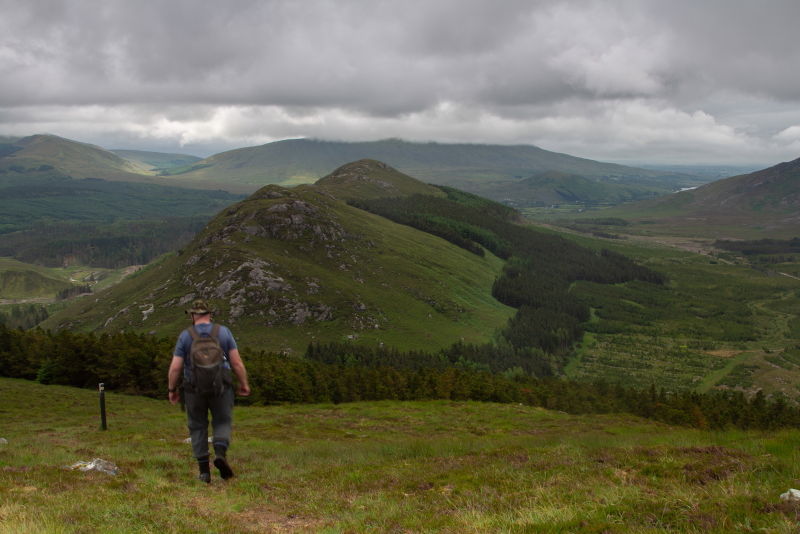
Coming off hill 311 dropping down into the Forest
The return leg of the hike follows the Western Way, guiding hikers back to Letterkeen via the Forest Loggers Route, a flat and easily navigable path leading back to the Brogan Carroll Bothy.
*The Western Way is a long-distance walking trail in western Ireland that passes through stunning landscape in the counties of Galway and Mayo. The route starts in Oughterard, County Galway's and heads north to Maum. It passes through the Inagh valley on its way to Killary Harbour near Leenane
The Western Way enters County Mayo at Aasleagh. It then continues in a northerly direction, crossing the eastern slopes of Croagh Patrick, through Westport town to Newport.The trail passes through the Nephin Mountains to Derry, Bellacorick and Sheskin where it traverses the most remote landscape.
From Ballycastle in north Mayo it follows the coastline through Killala and Ballina and on to the County Sligo border near Bonniconlon, over 200 kilometres from the start.
Despite the undeniable beauty of the trail, it is important to acknowledge the negative visual impact of the harvesting of Coilte trees, which has left its mark on the landscape.
In conclusion, the Letterkeen Loop Walk stands as a rewarding and enriching hiking experience, presenting hikers with a challenging walk and is a great introduction to the landscapes remoteness and wildness that can be found here.
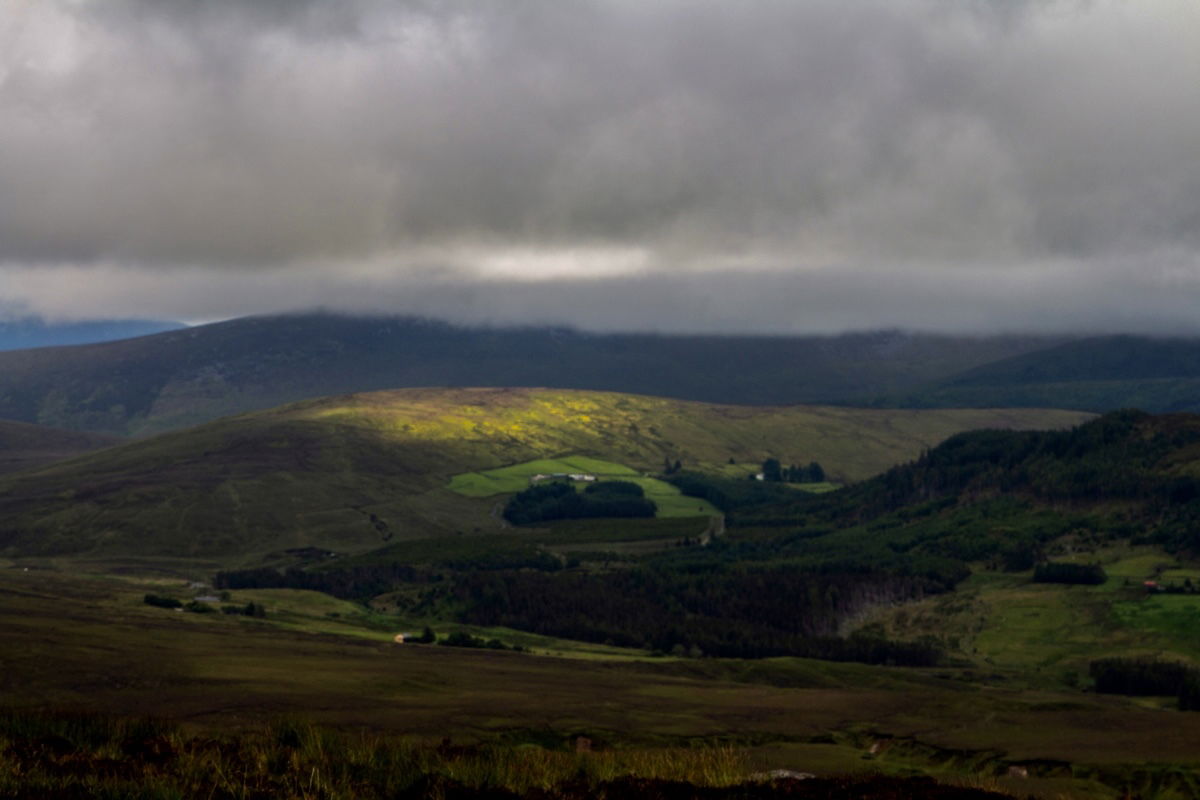
The sun hits the mountains highlighting the beauty of the place
And a final note on the beautiful flowering rhododendron you see that grows in abundance in this place!
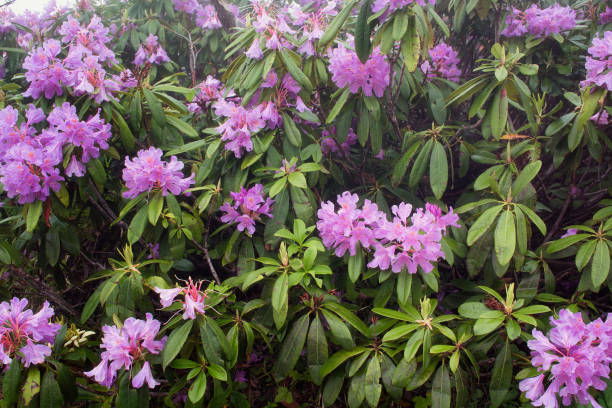
The invasive alien species Rhododendron has expanded so far in this area that the entire "Wild Nephin" experiment will be jeopardized if it continues to thrive and spread unchecked. Unfortunately, the Rhododendron has a horrible propensity of taking over and shading out many native species by spreading all over their natural habitats. Often more of a small tree than a shrub, it can grow as high as three metres forming dense thickets. The surprising thing is as far I have seen, despite the fact that the plant is on the current list of Invasive Alien species it appears that nothing is being done to eradicate the problem.
Carpe Diem